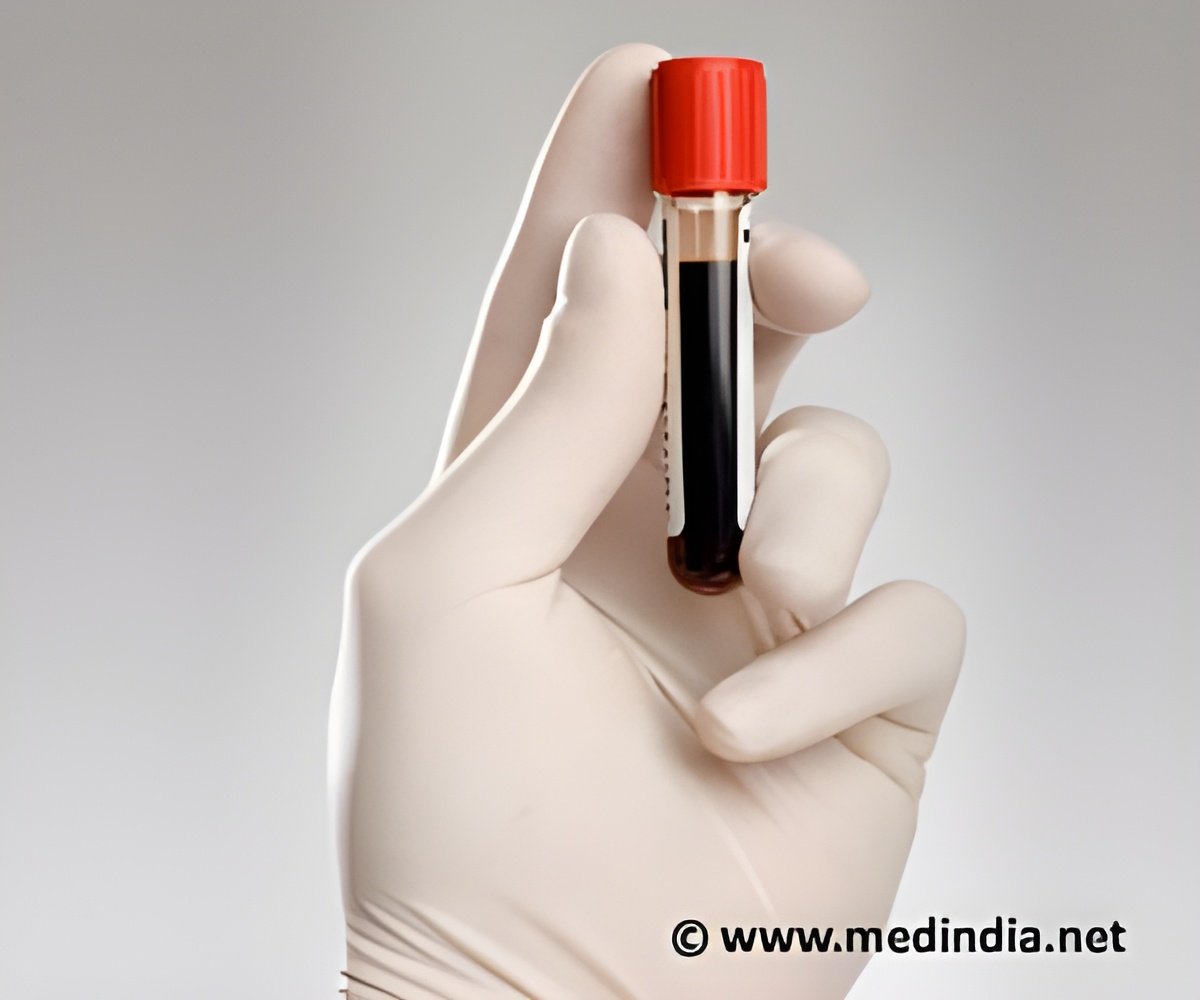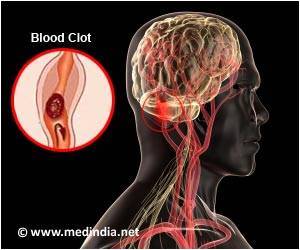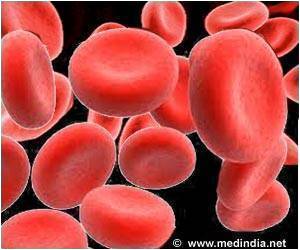
‘A common diagnostic tool often used to identify patients at risk of bleeding may also be used to identify those predisposed to clot excessively.’
Tweet it Now
The study was conducted by three clinicians in Penn Vet's Department of Clinical Studies: lead author Jennifer Song, an intern at the time of the study and now a resident at The Ohio State University; Kenneth J. Drobatz, a professor of critical care and director of emergency services; and senior author Deborah C. Silverstein, an associate professor of critical care. Their work was published in the Journal of Veterinary Emergency and Critical Care. Two blood tests are commonly used to measure a dog's ability to clot: prothrombin time, or PT, and activated partial thromboplastin time, or aPTT. These tests have an established normal reference range. Animals with results that are longer than normal are considered at risk of abnormal bleeding. However, when a clotting time was shorter than normal, clinicians have typically dismissed it.
"In the past," Silverstein said, "we've always said, no, it's probably that you pulled the sample incorrectly or the handling of the sample was inappropriate, even though logically you would think that a shorter time might indicate the animal is hypercoagulable.
"This study was attempting to say, can we actually use a shortened prothombin time or activated partial thromboplastin time to identify patients with hypercoagulability," she added.
To do so, the Penn Vet team looked through the medical records of hundreds of dogs treated at Penn's Ryan Veterinary Hospital between 2006 and 2011, searching for animals who had a diagnostic test called a TEG run. A TEG, or thromboelastogram, is considered the gold standard for evaluating clotting dynamics but is conducted on equipment that is expensive and not commonly found in primary veterinary practices. Of the 540 dogs the researchers considered, they found 23 that had a shortened PT or aPTT recorded in the same 24-hour period as the TEG test. 23 other dogs with normal PT and aPTT served as a control group.
Advertisement
Comparing these readings and clinical signs between the group of dogs with shortened PT or aPTT times and the control group, the researchers found statistically significant differences: more dogs with shortened PT and aPTT times had clinical signs of hypercoagulability and suspected pulmonary thromboembolism compared with the control group.
Advertisement
"If your body is forming a lot of clots and is trying to break them down," Silverstein said, "the D-dimer is a one of the metabolites from the clot that will appear in elevated levels in the blood. So seeing that animals that have shortened coagulation time also have elevated D-dimers was consistent with the suspicion that they might be hypercoagulable and therefore forming and breaking down excessive clots."
Silverstein cautioned that the study was based on a relatively small group, but she finds the results compelling enough to push clinicians to consider further diagnostics and anti-coagulant treatment in certain high-risk cases.
"I think based on this retrospective study, we should pay more attention to shortened clotting times and look at them with a degree of diagnostic value," she said. "In this patient population of critically ill dogs, it may help in identifying patients at risk of thrombosis."
Silverstein would like to follow up on the work, looking at more animals and examining how different diseases may impact clotting risk. She'd also like to pursue a similar study in cats, a species susceptible to devastating arterial clots.
Source-Eurekalert













